Forgotten Local History
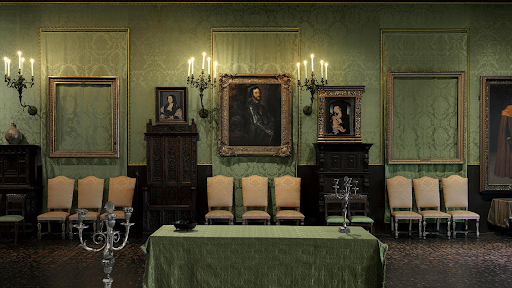
Photo Source: Isabella Stewart Gardner Museum
May 31, 2023
In history classes, you learn about United States history, world history, etc. but sometimes these topics can be boring for many. What about the history of your home state? Massachusetts has some of the oldest history in the country. School always taught us about Plymouth Rock, the pilgrims, and Puritans, home to battles during the American Revolution, national leaders in the Industrial Revolution, etc, but there is a lot of interesting history that these classes never talk about. In this article, I’ll brush up on some lesser-known Boston and some local towns’ history.
The Unsolved Mystery of The Isabella Stewart Gardner Museum Painting Heists:
This painting heist was a devastating loss for the Gardner Museum and they are still offering a 10 million dollar reward for information leading to the recovery of the paintings.
Often referred to as Boston’s greatest unsolved mystery, the Gardner Museum painting heists was a carefully planned, yet careless, act committed by two unidentified men dressed as police officers. On March 18, 1990, at 1:24 a.m. these men forced the guards into the basement, with their eyes, mouths, hands, and feet tied up. Almost an hour and a half later, the disguised men walked out with thirteen pieces of work worth 200 million dollars (500 million today). Instead of carefully removing the paintings from the frames, the men cut them out. A very notable stolen piece was an ancient Chinese Gu that dated back to 1100-1200 BC.
The value of the stolen pieces are so high that this theft is the largest art theft in the history of the world. The case is still open and the 10 million dollar reward stands.
The Boston Strangler:
The Boston Strangler, otherwise known as the mother-killer, was an American serial killer who went on a two-year killing spree. His earliest victims were women whose ages ranged from 65-85. These disturbing murders happened in a similar fashion (strangulation) which created mass panic in the city. In order to find the killer, nearly all of Boston’s Police Department’s resources went to find out who the murderer was.
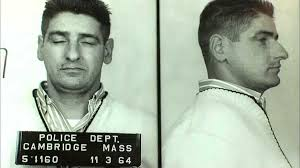
By early 1964, thirteen women were dead and the Massachusetts attorney general personally took charge of the investigation.
In 1965, a mental hospital inmate by the name of Albert DeSalvo, who had a history of burglary in the 1950s, confessed to the murders. Though he was never charged with the killings, he was convicted on numerous charges of sexual assault on top of the murders. DeSalvo was sentenced to life in prison. He was admitted into Walpole State Prison in 1967 and would be killed there in 1973 by a fellow inmate.
North End Molasses Spill:
The US Industrial Alcohol Building was located near North End Park on Commercial Street, and next to it was a 58-foot high and 90 feet in diameter molasses tank which carried 2.5 million gallons of molasses. Industrial alcohol, at the time made from fermented molasses, was very profitable which explains why the tank was so big. From the time the tank was built in 1915, there were problems with it such as leaking, rumbling noises, etc.
On January 15, 1919, Boston was experiencing sudden unseasonably warm weather. The cold molasses inside of the warm steel tank caused a reaction that caused the tank to explode, sending almost 3 million gallons of molasses into the streets of Boston. The massive wave was as high as fifteen feet tall and almost 140 feet wide and moved at a reported speed of 35 miles per hour. This massive wave leveled buildings, damaged vehicles, and took 21 lives with it. The streets of Boston reportedly smelled like molasses for many years after.
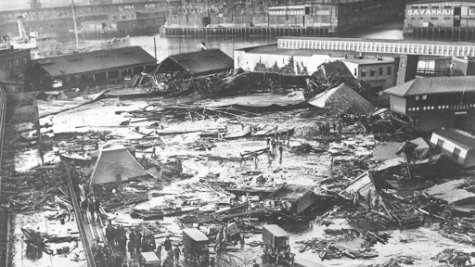
West Newbury Skiing and Belt Lift:
Once upon a time, the small town of West Newbury had two ski hills; Break Hill, across from the high school, and Big Red which was right next to Page School.
Break Hill is now fully grown in, but there are still remnants of what was there long ago. It was a small skiing area with one rope tow and one trail down. The broken down rope tow was still there the last time people looked around up there. The Break Hill skiing area was closed down in the 1950s and no one has skied there since.

Big Red was an “Upside Down” ski hill. Parking was at the top of the hill and the rope tow was off to the side on the right. Big Red was located behind the Page School in West Newbury on 113 but is now overgrown and abandoned. Below is a bird’s eye view of the ski area. Though it is hard to tell what is what in the picture, the bottom half of the photo is the skiing area
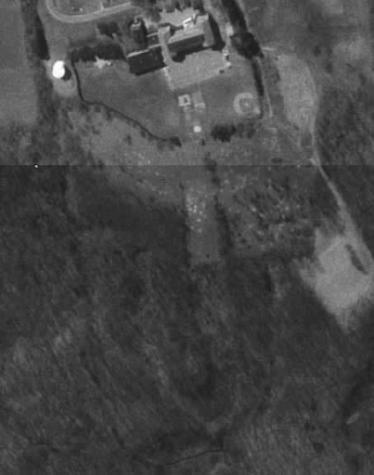
Pines Speedway:
Midget car racing started at the Pines on a dirt track and was brought to the area by Oscar Ridlon and John Smith in 1940. Soon after opening the speedway, racing had to stop due to gasoline rationing during WWII. In 1946 after the war ended, the track was paved and reopened. From 1946-1973, the track was very popular and attracted a lot of attention.
In 1974, the town of Groveland purchased the 38-acre property called the Pines for 110,000 dollars. Every October, The Groveland Historical Society sponsors a Pines Speedway Reunion where people from all over the country who either raced at the old Pines or enjoyed the events and races the Speedway held. This tradition started in 2003 and had been going strong ever since.
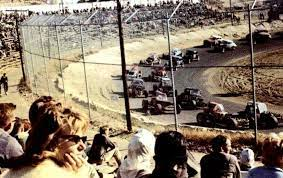
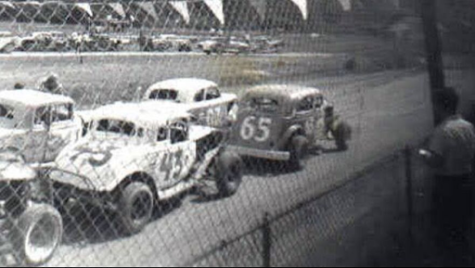
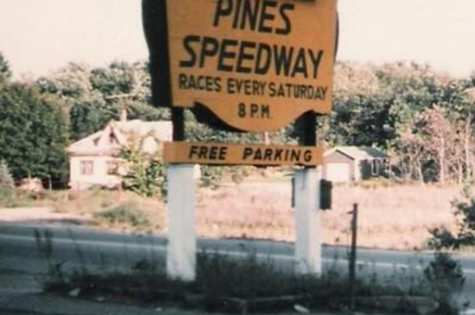
You always hear about the big events in US history like wars, events that formed government, laws, rights, etc. and usually not the more interesting, niche events that happened. I find it to be twice as more interesting when the history I learn about happens within my home state.
